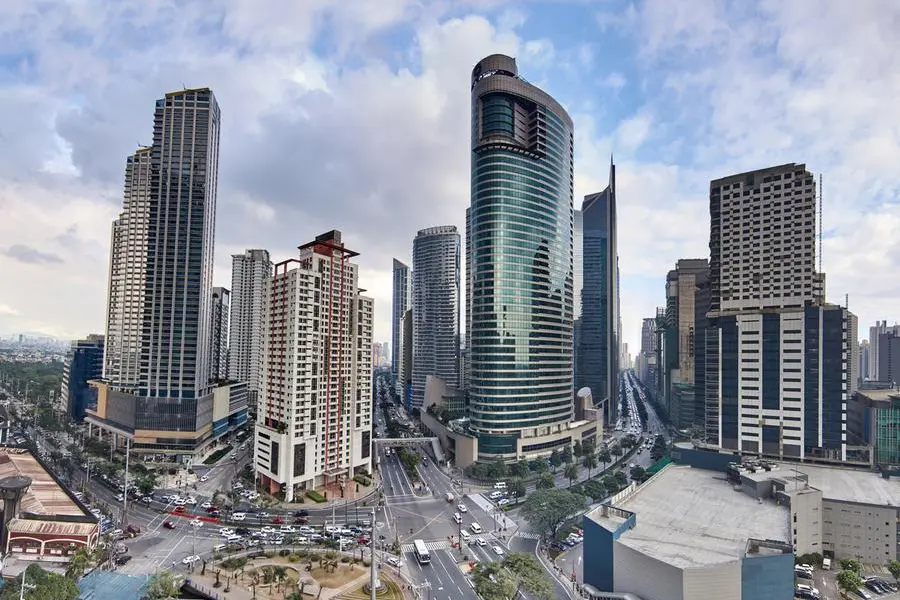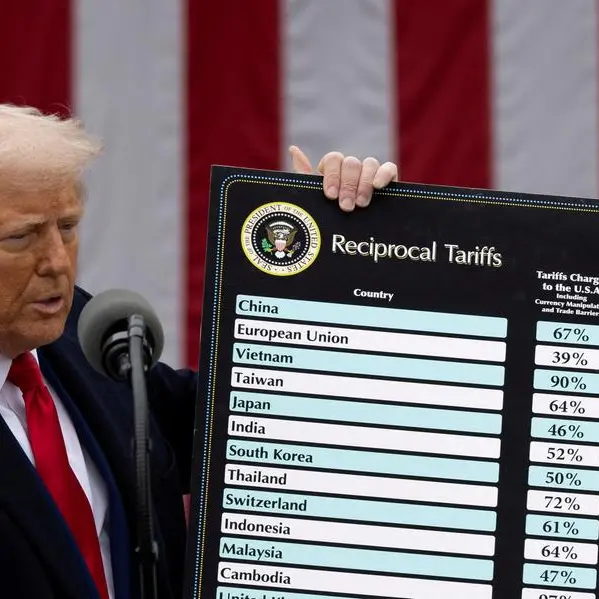PHOTO
Asia Pacific (APAC) is seen posting the fastest economic growth in the world this year, with the expansion supported by resilient demand in countries including the Philippines.
In a report, S and P Global Market Intelligence APAC chief economist Rajiv Biswas said the region's economy is seen sustaining its rapid expansion last year.
'The APAC economic outlook for 2024 is for continued rapid economic expansion, helped by resilient domestic demand in a number of large Asian emerging markets, including Mainland China, India, Indonesia, Malaysia and Philippines,' Biswas said.
He said the region's gross domestic product (GDP) growth likely accelerated to 4.5 percent last year from 3.3 percent in 2022.
Apart from resilient demand in some markets, Biswas said APAC's economic growth would be supported by strong foreign direct investment (FDI) inflows expected into India and some Southeast Asian countries, as multinationals continue to diversify their manufacturing supply chains.
A recovery in electronic exports is also expected to support APAC's economic expansion.
'An important medium-term strength for many APAC industrial economies is their global competitiveness in the electronics manufacturing supply chain. Electronics production is an important part of the manufacturing export sector for many Asian economies, including South Korea, mainland China, Japan, Malaysia, Singapore, Philippines, Taiwan, Thailand and Vietnam,' Biswas said.
As international tourism continues to recover strongly, he added the sector would also be an important growth driver for APAC exports.
The S and P unit expects trade agreements, including the Regional Comprehensive Economic Partnership (RCEP) agreement, to boost exports growth.
'Overall, the medium-term economic outlook for the APAC region remains positive. APAC is already the largest region of the global economy measured in terms of size of nominal GDP, with emerging Asia expected to continue to grow rapidly over the decade ahead,' Biswas said.
For the Philippines, he said GDP likely grew by 5.6 percent in 2023 with strong private consumption, infrastructure spending and improving remittance inflows cited as drivers.
This is slower than the six to seven percent growth goal penned by economic managers.
The Philippine economy expanded by 5.5 percent from January to September last year and needs to grow by at least 7.2 percent from October to December to meet the lower end of the target range.
The country's GDP growth picked up to 5.9 percent in the third quarter last year after slumping to 4.3 percent in the second quarter from 6.4 percent in the first quarter.
For 2024, the government through the Development Budget Coordination Committee (DBCC) tightened its GDP growth range to 6.5 to 7.5 percent from 6.5 to eight percent.
'The outlook for [the Philippines for] 2024 is for continued rapid economic growth, helped by expected gradual easing of monetary policy during the course of 2024,' Biswas said.
Copyright © 2022 PhilSTAR Daily, Inc Provided by SyndiGate Media Inc. (Syndigate.info).




















